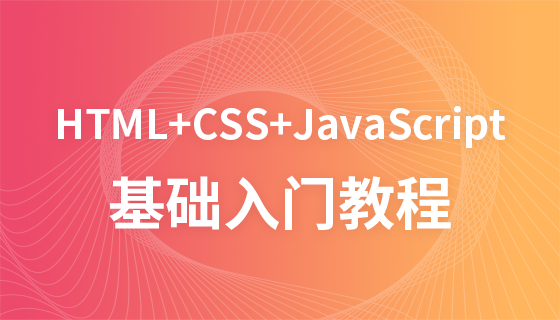Go语言中通过指针实现单向链表,节点包含数据和指向下一节点的指针。定义Node结构体,data存值,next为Node类型指针。insertAtEnd使用Node参数处理头节点为空的情况,遍历至末尾插入新节点;printList接收Node参数,循环打印各节点值直至nil。示例中创建头指针head,依次插入10、20、30后遍历输出,结果为10 -> 20 -> 30 -> nil。利用指针可灵活扩展删除、查找等操作,语法简洁但需注意指针引用细节。

在Go语言中,使用指针可以方便地实现链表这种动态数据结构。链表由一系列节点组成,每个节点包含数据和指向下一个节点的指针。下面是一个用指针实现的简单单向链表示例。
链表的基本单元是节点。每个节点包含一个值和一个指向下一个节点的指针。
type Node struct {
data int
next *Node
}
说明: data 字段存储节点的数据,next 是指向下一个 Node 类型的指针。初始时,next 为 nil,表示链表结束。
我们可以为链表实现一些基本操作,如插入节点、遍历链表等。
立即学习“go语言免费学习笔记(深入)”;
1. 在链表末尾插入节点
func insertAtEnd(head **Node, value int) {
newNode := &Node{data: value, next: nil}
if *head == nil {
*head = newNode
return
}
current := *head
for current.next != nil {
current = current.next
}
current.next = newNode
}
说明: head 是指向头节点指针的指针,这样可以在头为 nil 时修改头节点。函数遍历到链表末尾,将新节点接在最后。
2. 遍历并打印链表
func printList(head *Node) {
current := head
for current != nil {
<font color="blue">fmt.Printf("%d -> ", current.data)</font>
current = current.next
}
<font color="blue">fmt.Println("nil")</font>
}
说明: 从头节点开始,逐个访问每个节点并打印其值,直到遇到 nil。
下面是一个完整的使用示例:
package main
import "fmt"
type Node struct {
data int
next *Node
}
func insertAtEnd(head **Node, value int) {
newNode := &Node{data: value, next: nil}
if *head == nil {
*head = newNode
return
}
current := *head
for current.next != nil {
current = current.next
}
current.next = newNode
}
func printList(head *Node) {
current := head
for current != nil {
fmt.Printf("%d -> ", current.data)
current = current.next
}
fmt.Println("nil")
}
func main() {
var head *Node
insertAtEnd(&head, 10)
insertAtEnd(&head, 20)
insertAtEnd(&head, 30)
printList(head) // 输出: 10 -> 20 -> 30 -> nil
}
这个例子中,我们通过指针操作实现了链表的构建和遍历。insertAtEnd 使用二级指针来处理头节点为空的情况,printList 使用一级指针进行遍历。
基本上就这些。Go 的指针语法简洁,配合结构体可以轻松实现链式数据结构。只要理解了节点之间的引用关系,就能灵活扩展出删除、查找、头插等更多操作。不复杂但容易忽略细节。
以上就是Golang中如何使用指针实现一个简单的链表数据结构的详细内容,更多请关注php中文网其它相关文章!

每个人都需要一台速度更快、更稳定的 PC。随着时间的推移,垃圾文件、旧注册表数据和不必要的后台进程会占用资源并降低性能。幸运的是,许多工具可以让 Windows 保持平稳运行。




Copyright 2014-2025 https://www.php.cn/ All Rights Reserved | php.cn | 湘ICP备2023035733号